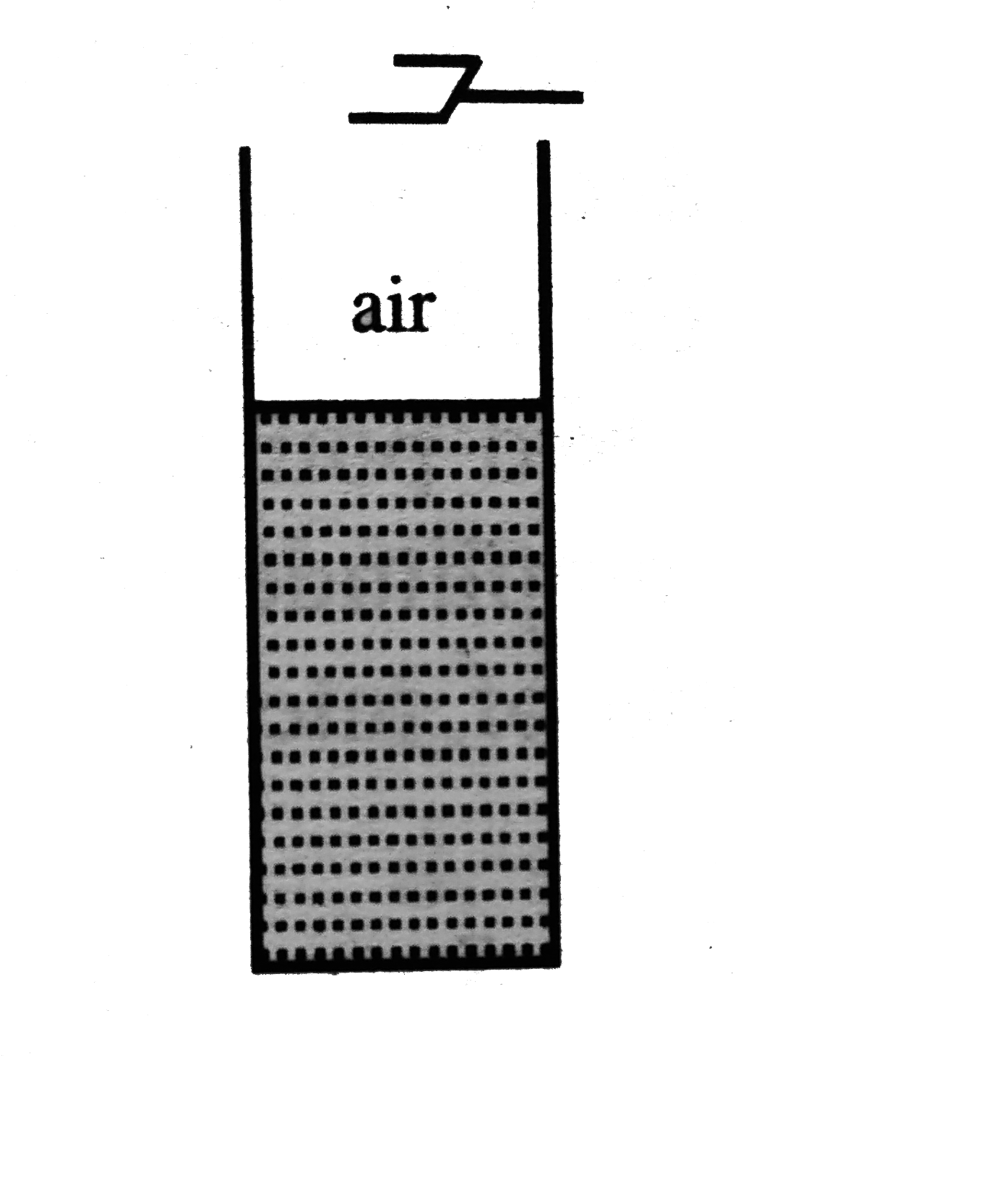Sound waves from a tuning fork placed at a point P reach another point Q , by two separate paths PRQandPSQ . When PSQ is greater than PRQby11.5cm , there is silence at Q . When the difference is 23cm , the sound becomes loudest at Q, and when 34.5cm , there is silence , and so on . Explain this effect and calculate the frequency of the fork if the velocity of sound is taken to be 331.2m/s.
To solve the problem, we need to analyze the situation of sound waves reaching point Q from point P through two different paths, PRQ and PSQ. The key points are the path differences and their effects on the sound intensity at point Q.
1. Understanding Path Differences:
- Let the path PRQ be represented as x2 and the path PSQ as x1.
- The path difference is given by Δx=x1−x2.
2. Conditions for Silence (Destructive Interference):
- When the path difference is 11.5cm and 34.5cm, there is silence at point Q. This indicates destructive interference.
- The condition for destructive interference is given by:
Δx=(n−12)λ
- For Δx=11.5cm:
11.5=(n−12)λ
- For Δx=34.5cm:
34.5=(m−12)λ
3. Conditions for Loud Sound (Constructive Interference):
- When the path difference is 23cm, the sound is loudest at point Q. This indicates constructive interference.
- The condition for constructive interference is given by:
Δx=nλ
- For Δx=23cm:
23=nλ
4. Finding the Wavelength:
- From the destructive interference equations:
34.5−11.5=(m−n)λ
23=nλ
- The difference between the two destructive conditions gives:
34.5−11.5=23cm=(m−(n−1))λ
- This implies that λ=23cm or 0.23m.
5. Calculating Frequency:
- Using the formula for frequency:
f=Vλ
- Given that the velocity of sound V=331.2m/s:
f=331.20.23≈1440Hz
Conclusion:
The frequency of the tuning fork is approximately 1440 Hz.
- Let the path PRQ be represented as x2 and the path PSQ as x1.
- The path difference is given by Δx=x1−x2.
- When the path difference is 11.5cm and 34.5cm, there is silence at point Q. This indicates destructive interference.
- The condition for destructive interference is given by:
Δx=(n−12)λ
- For Δx=11.5cm:
11.5=(n−12)λ
- For Δx=34.5cm:
34.5=(m−12)λ
- When the path difference is 23cm, the sound is loudest at point Q. This indicates constructive interference.
- The condition for constructive interference is given by:
Δx=nλ
- For Δx=23cm:
23=nλ
- From the destructive interference equations:
34.5−11.5=(m−n)λ
23=nλ
- The difference between the two destructive conditions gives:
34.5−11.5=23cm=(m−(n−1))λ
- This implies that λ=23cm or 0.23m.
- Using the formula for frequency:
f=Vλ
- Given that the velocity of sound V=331.2m/s:
f=331.20.23≈1440Hz
The frequency of the tuning fork is approximately 1440 Hz.
Topper's Solved these Questions
- BOOK - CENGAGE PHYSICS ENGLISHCHAPTER - SUPERPOSITION AND STANDING WAVESEXERCISE - Exercise 7.232videos
SUPERPOSITION AND STANDING WAVES
- BOOK - CENGAGE PHYSICS ENGLISHCHAPTER - SUPERPOSITION AND STANDING WAVESEXERCISE - Subjective24videos
SUPERPOSITION AND STANDING WAVES
- BOOK - CENGAGE PHYSICS ENGLISHCHAPTER - SOUND WAVES AND DOPPLER EFFECTEXERCISE - Integer16videos
SOUND WAVES AND DOPPLER EFFECT
- BOOK - CENGAGE PHYSICS ENGLISHCHAPTER - THERMODYNAMICSEXERCISE - 241videos
THERMODYNAMICS
Similar Questions
Sound waves from a tuning fork A reacha point P by two separate paths ABP and ACP. When ACP is greater than ABP by 11.5cm, there is silence at p. When the difference is 23cm the sound becomes loudest at P and 34.5cm there is silence again and so on. Calculate the minimum frequency of the fork if the velocity of sound is taken to be 331.2m/s.
View SolutionTwo sound waves emerging from a source reach a point simultaneously along two paths. When the path difference is 12cm or 36cm, then there is a silence at that point. If the speed of sound in air be 330m/s, then calculate maximum possible frequency of the source.
View SolutionWhen the wire of a sonometer is 73 cm long, it is in resonance with a tuning fork. On shortening the wire by 0.5 cm, it makes 3 beats per second with the same fork. Calculate the frequency of the tuning fork?
View SolutionWhen the stem of a vibrating tuning fork is gently pressed on the surface of a table louder sound is heard. Why?
View SolutionA resonance occurs with a tuning fork and an air column of size 12cm. The next higher resonance occurs with an air column of 38cm. What is the frequency of the tuning fork ? Assume that the speed of sound is 312m/s.
 View Solution
View SolutionTwo tuning forks AandB produce 4beats/s when sounded together . A resonates to 32.4cm of stretched wire and B is in resonance with 32cm of the same wire . Determine the frequencies of the two tuning forks .
View SolutionIn a resonance tube the first resonance with a tuning fork occurs at 16 cm and second at 49 cm . If the velocity of sound is 330 m/s , the frequency of tuning fork is
View SolutionFrom a point Q , the length of the tangent to a circle is 24cm and the distance of Q from the centre is 25cm. The radius of the circle is
View SolutionA tuning fork of frequency 500HZ is sounded on a resonance tube . The first and second resonances are obtained at 17cm and 52cm . The velocity of sound is
View SolutionIf a resonance tube is sounded with a tuning fork of frequency 256 Hz, resonance occurs at 35 cm and 105 cm. The velocity of sound is about
View Solution

